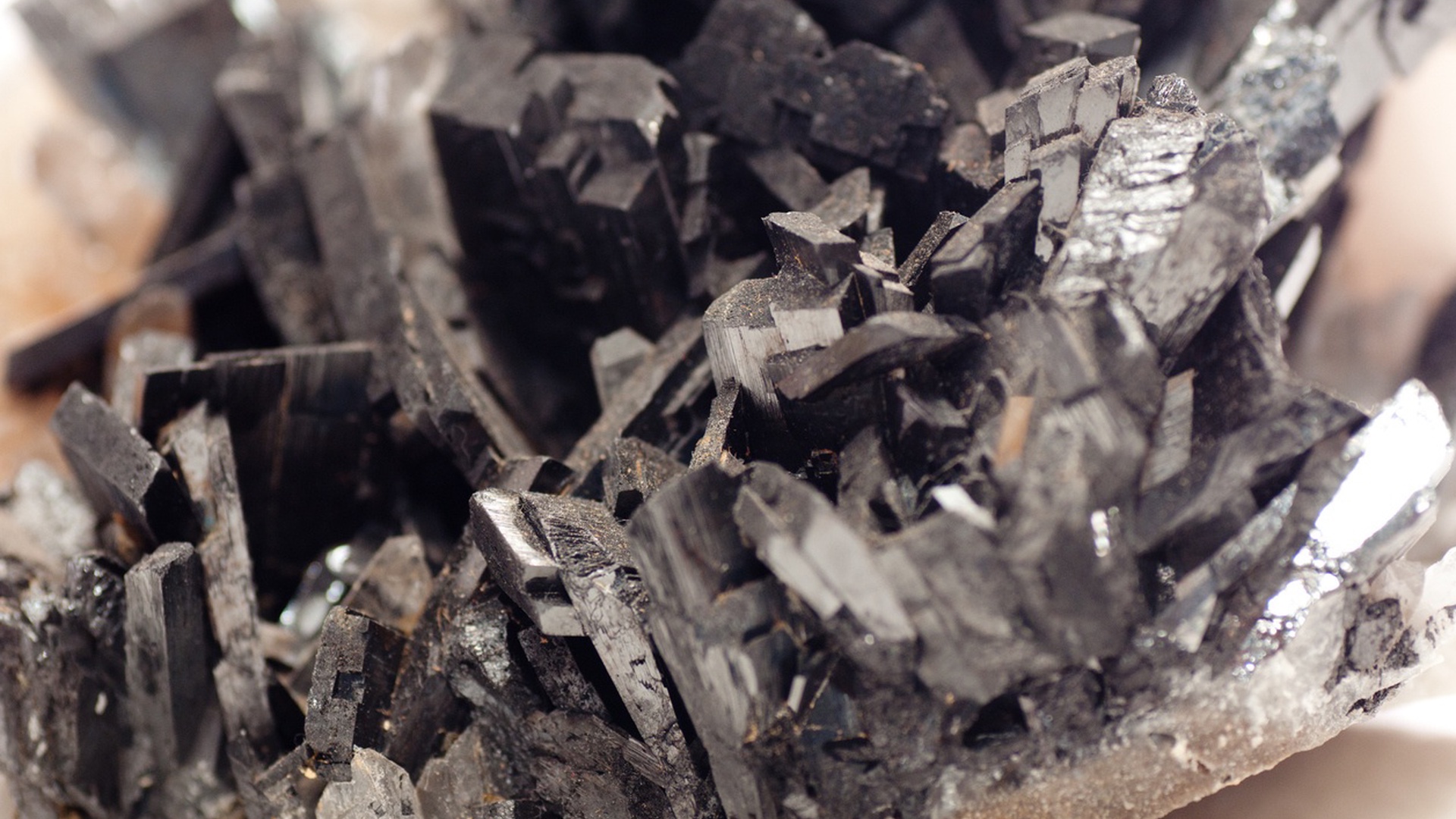

China recently imposed export restrictions on several rare earth metals including samarium, gadolinium, and terbium as part of its broader strategy in the ongoing U.S.–China trade war. By curtailing exports of these key inputs, Beijing aims to secure its domestic supply chains and, at the same time, leverage its near-monopoly in certain critical materials to put economic pressure on trading partners. The ban not only protects China’s emerging high-tech industries but also forces the United States and its allies to seek alternative sources or invest in domestic production.
Since rare earth metals are integral to manufacturing advanced electronics, renewable energy systems, and defense applications, China’s ban places significant pressure on U.S. industries. American companies that rely on rare earths for the production of magnets, catalysts, and other critical components may experience higher costs or delays. This pressure, in turn, could hinder the production of semiconductors and photovoltaic materials, a clear attempt to squeeze the U.S. supply chain by weaponizing essential resources.
High-purity quartz (exceeding 99.9% SiO₂) is indispensable for producing ultra-refined polysilicon wafers used in semiconductors and for fabricating high-grade silicon in solar panels. Its properties such as high-temperature resistance, low thermal expansion, and remarkable electrical insulation make it the backbone of modern electronics and renewable energy devices.
China's abundant quartz reserves are mostly unsuitable for ultra-high-purity requirements due to two significant constraints. Firstly, the limited availability of ore bodies that can yield high-purity quartz is a major challenge. Most of China’s quartz exists in forms such as quartz sandstone, quartzite, or vein quartz, all of which necessitate extensive processing. For example, companies like Jiangsu Pacific Quartz Co., Ltd. produce less than 20,000 tons annually, primarily for applications that do not require high-grade quartz.
Secondly, there are notable technological gaps in the purification processes needed to transform raw quartz into the 4N or higher purity levels essential for semiconductor and photovoltaic applications. Although there have been efforts to enhance domestic capabilities, China is still at a disadvantage, as the advanced techniques required for purification are continually evolving and tend to lag behind Western standards. For instance, U.S. companies have achieved impurity levels as low as 8 μg/g, highlighting this ongoing challenge.
High-purity quartz plays a crucial role in the same high-tech industries rare earth metals are used , particularly in the production of semiconductors. It is essential for manufacturing crucibles and other components that are vital for creating polysilicon wafers. These wafers serve as the substrate for etching semiconductor circuits, a core process in the production of microchips that power everything from mobile phones to computers and defense systems.
Additionally, high-purity quartz is indispensable in the production of high-purity silicon for solar cells. As the global focus shifts toward renewable energy sources, the demand for solar panels and consequently for high-purity quartz continues to grow.
Beyond its applications in semiconductors and photovoltaics, high-purity quartz also contributes to the development of advanced inorganic non-metal materials, high-performance fibers, and various applications within intelligent manufacturing equipment. These diverse roles highlight the importance of securing a stable and high-quality supply of high-purity quartz, which is essential for maintaining a competitive edge in national high-tech industries.
Given these vulnerabilities, the U.S. and its allies have several options to limit China’s access to rare earths and high-purity quartz. One key approach is to restrict technology transfers and the export of essential equipment. By tightening controls on the export of state-of-the-art purification and mining technologies, the U.S. can impede China’s capacity to upgrade its domestic facilities. If Beijing encounters difficulties in adopting cutting-edge methods for producing ultra-high-purity quartz, its strategic advantage will be significantly diminished.
Moreover, forming technology partnerships among allies offers another promising avenue. Collaborations in research and development, particularly among nations like the U.S., Japan, and Germany, can yield innovative alternatives for processing and producing high-purity quartz. These alliances could lead to the creation of proprietary technologies that would remain unavailable to China.
In addition to these measures, imposing diplomatic and economic pressures can further enhance this strategy. Targeted sanctions and trade measures are crucial; the U.S. government could either extend existing sanctions or craft new ones that specifically target Chinese entities involved in the extraction and processing of high-purity quartz and rare earth elements. Such actions would compel Chinese companies to pursue riskier supply routes or invest in less efficient technologies.
Finally, leveraging trade agreements presents a strategic opportunity. By strengthening international trade agreements with clauses designed to limit resource manipulation, the U.S. can counter unilateral export bans effectively. Working collaboratively with the European Union, Japan, and other allies would enable the U.S. to form a coordinated front, making it increasingly difficult for China to wield its resources as an economic weapon.
China’s export ban on rare earth metals and its inherent vulnerability in supplying high-purity quartz present strategic openings for the U.S. In industries where precision and quality are paramount such as semiconductor manufacturing and solar panel production the supply chain is as critical as the end products. By restricting the transfer of high-end processing technologies, stockpiling critical materials, building diversified and secure supply chains, and applying targeted diplomatic and economic pressures, the U.S. and its allies can squeeze China’s access to these vital resources.
In effect, while China has taken decisive steps to consolidate its supply base and leverage its natural resources, a coordinated, multi-layered approach can force Beijing into a more constrained and less influential position in the global market. This strategy not only seeks to protect American technological competitiveness but also underscores the importance of international cooperation in maintaining a stable, secure supply chain for future high-tech innovations.
References